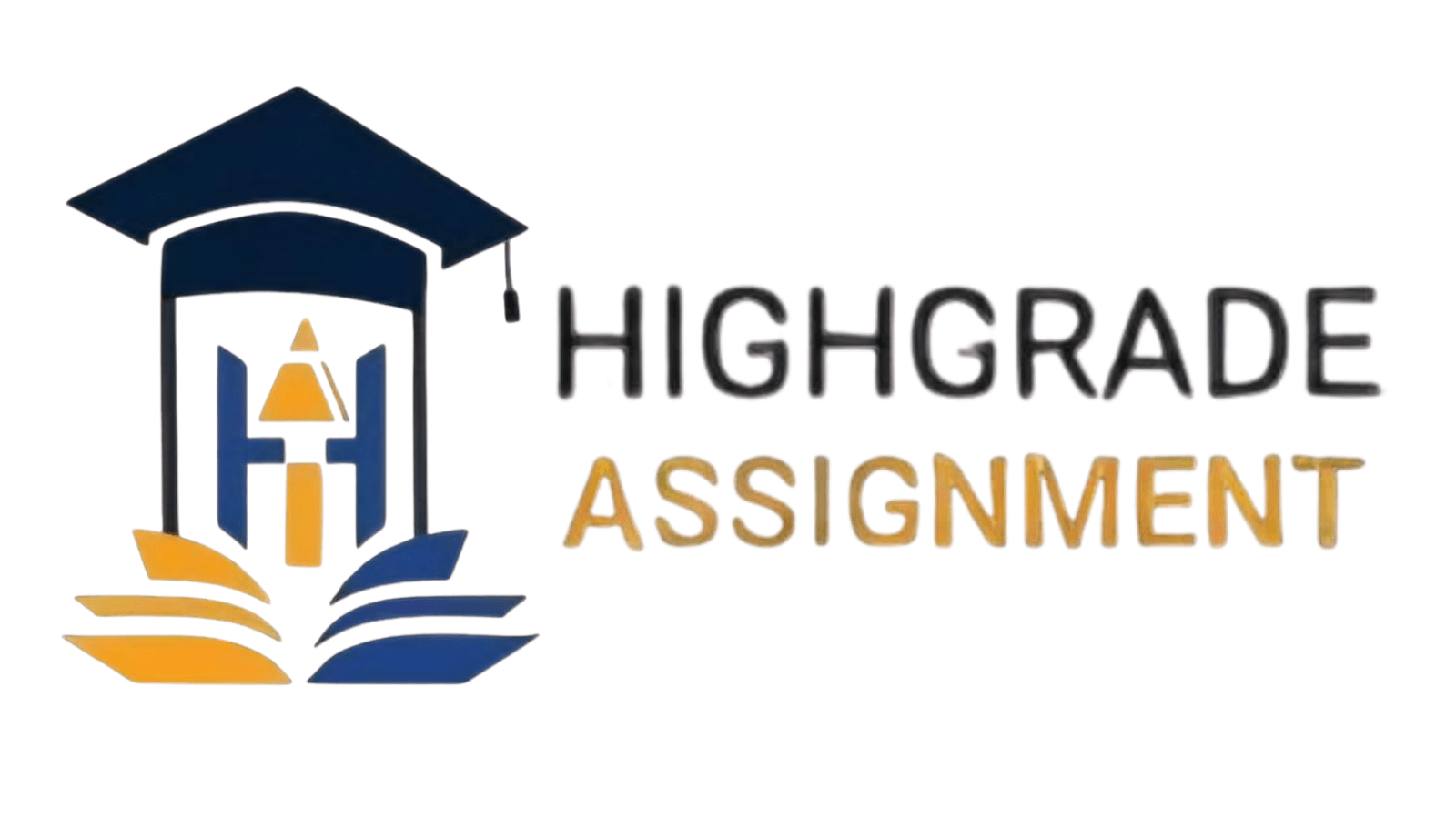Technology has revolutionized the way students and professionals approach assignments. With the advent of digital tools, individuals can enhance their productivity, streamline research, and improve the overall quality of their work. From online research platforms to AI-driven writing assistants, technology plays a crucial role in academic success.
In this article, we will explore various ways technology can boost assignment productivity, ensuring efficiency, accuracy, and time management.
1. Online Research: Access to Vast Academic Resources
One of the fundamental ways technology enhances assignment productivity is through online research. Students and professionals can access a wide range of academic databases, journals, and articles that provide credible information.
Benefits of Online Research:
- Access to thousands of peer-reviewed journals and articles
- Time-saving with advanced search filters
- Availability of free and paid research platforms like Google Scholar, JSTOR, and ResearchGate
By leveraging these digital platforms, individuals can gather quality content efficiently, ensuring well-researched assignments.
2. Digital Note-Taking: Organizing Information Efficiently
Taking notes systematically is crucial for assignment writing. Digital note-taking apps like Evernote, Microsoft OneNote, and Notion allow users to organize their research efficiently.
Advantages of Digital Note-Taking Apps:
- Easy categorization of notes
- Quick access and retrieval of information
- Cloud storage for accessibility from any device
With digital note-taking, students can maintain structured research, eliminating the hassle of searching through paper-based notes.
3. Reference Management Software: Streamlining Citations
Keeping track of references is a challenging task when writing assignments. Reference management tools such as Mendeley, Zotero, and EndNote help organize and format citations accurately.
Key Features of Reference Management Software:
- Automatic generation of citations in multiple styles (APA, MLA, Harvard, etc.)
- Organization of references in a centralized library
- Collaboration features for shared projects
Using these tools ensures that students maintain academic integrity while saving time on formatting bibliographies.
4. Time Management Tools: Staying on Track
Meeting assignment deadlines can be stressful. Time management apps such as Trello, Asana, and Todoist help students plan their workload effectively.
How Time Management Tools Help:
- Breaking down assignments into manageable tasks
- Setting deadlines and reminders
- Tracking progress with real-time updates
These apps allow individuals to allocate time efficiently, reducing last-minute stress.
5. Grammar and Plagiarism Checkers: Enhancing Content Quality
Academic integrity is paramount, and maintaining originality in assignments is essential. Grammar and plagiarism checkers like Grammarly, Turnitin, and QuillBot help students refine their writing.
Benefits of Using Grammar & Plagiarism Tools:
- Detects grammatical errors and improves sentence structure
- Identifies unintentional plagiarism and suggests corrections
- Enhances readability for better academic presentation
Using these tools ensures assignments are error-free and meet institutional guidelines.
6. Collaboration Platforms: Enhancing Group Work Efficiency
Technology has transformed group work with real-time collaboration tools such as Google Docs, Microsoft Teams, and Slack.
Features of Collaborative Platforms:
- Simultaneous editing and commenting
- File sharing and cloud storage
- Real-time discussions and meetings
These platforms enable students to collaborate effectively, even when working remotely.
7. Multimedia Integration: Creating Engaging Assignments
Assignments are no longer limited to text-based formats. With the help of technology, students can incorporate multimedia elements such as videos, infographics, and audio files.
Advantages of Multimedia in Assignments:
- Enhances presentation quality
- Makes complex topics more engaging
- Increases understanding through visual aids
Using multimedia tools like Canva, Prezi, and Adobe Spark can make assignments more interactive and visually appealing.
8. AI-Powered Tools: Personalized Learning Assistance
Artificial Intelligence (AI) is reshaping education by providing personalized learning experiences. AI-powered tools like ChatGPT, Grammarly, and AI-driven tutoring platforms offer guidance in assignment writing.
How AI Tools Benefit Students:
- Provides writing suggestions and content improvement tips
- Enhances grammar and style for better clarity
- Offers instant answers to academic queries
AI technology helps students refine their writing skills while improving productivity.
9. Online Learning Platforms: Expanding Knowledge Horizons
Massive Open Online Courses (MOOCs) and virtual learning platforms offer additional resources for students. Websites like Coursera, Udemy, and edX provide courses that complement academic assignments.
Why Use Online Learning Platforms?
- Access to expert-led courses
- Flexible learning schedules
- Additional insights for research-based assignments
These platforms help students gain a deeper understanding of their subjects, strengthening their academic knowledge.
Conclusion
The integration of technology in assignment writing has significantly improved productivity, research efficiency, and content quality. From online research tools to AI-driven writing assistants, students can leverage digital solutions to streamline their academic tasks. By adopting these technological advancements, individuals can enhance their learning experience and produce high-quality assignments with greater ease.
